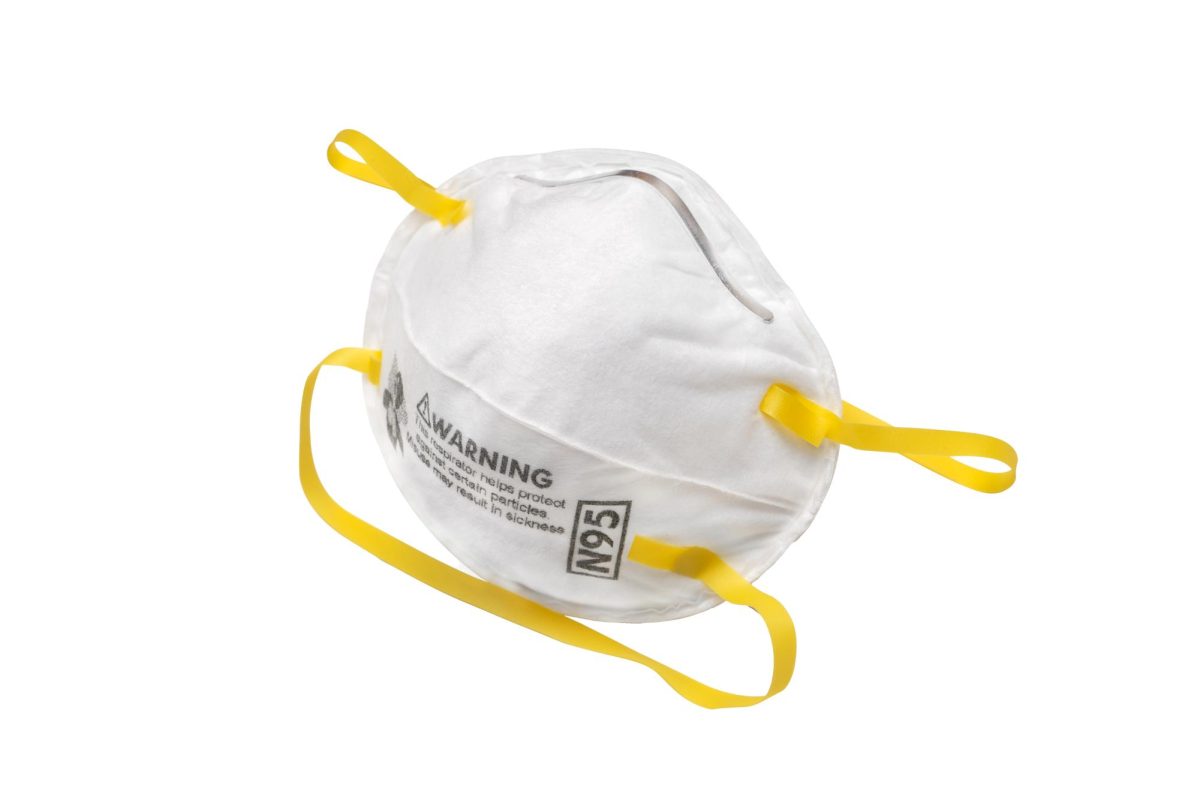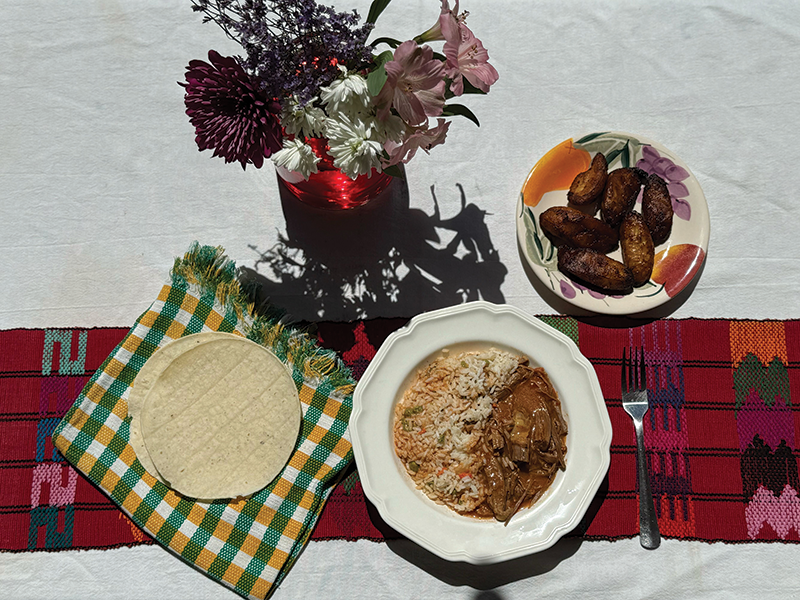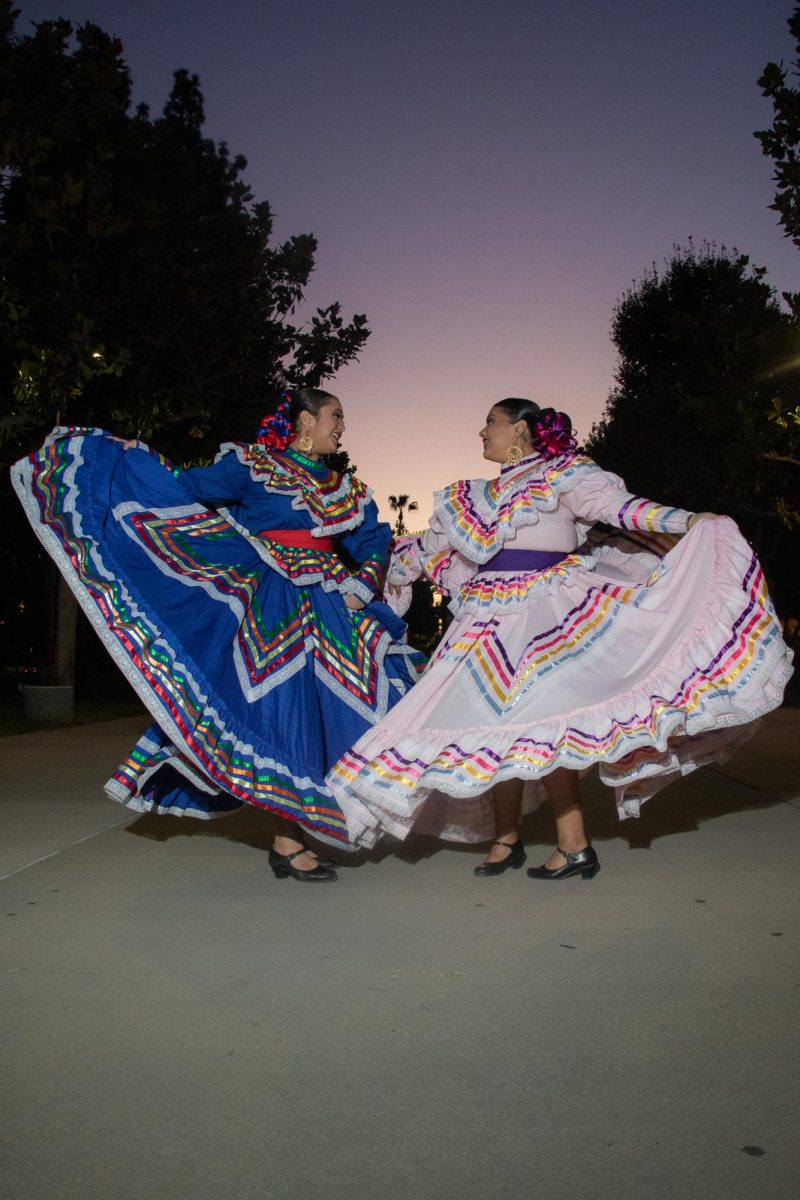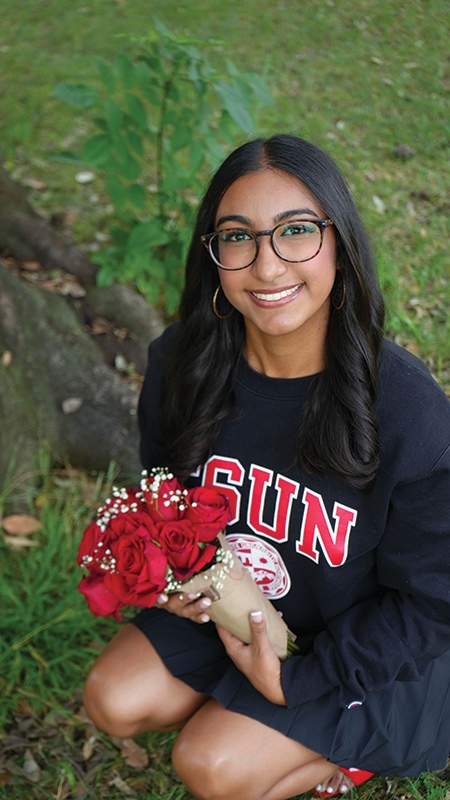The N95 respirator mask is one of the best, most readily available methods of protecting against airborne illnesses, and its Taiwanese American inventor, Peter Tsai, has been a dedicated engineer all his life — even coming out of retirement to put his knowledge to use during the COVID-19 pandemic.
Tsai was born in 1952 in the Qingshui District of Taichung, Taiwan. He studied chemical fiber engineering at the National Taipei University of Technology before leaving the country in 1981 for postgraduate studies in the United States.
His love of learning helped him earn over 500 credits during his time at Kansas State University. Despite only needing 90 credits to graduate, he took a wide variety of physics, math and chemical engineering courses.
Afterward, he went to the University of Tennessee, becoming a professor and leading a research team to create home air filters. But a revolutionary discovery in 1992 led to new, individual use case — masks.
In order to block 95% of airborne particles, the masks use a special fabric that has been electrostatically charged both positively and negatively. This lets the mask attract neutral particles with no charge, like bacteria or viruses. These particles get polarized and trapped in the filter before passing through the mask, letting it filter airborne particles ten times more efficiently than fabrics that do not use this method.
Tsai’s research team thought the mask would be perfect for construction workers in dusty environments. But in 1996, the U.S. Centers for Disease Control caught wind of the mask and realized its potential for blocking viruses.
It’s been used by medical professionals ever since, but a recent world event put N95 masks into everyone’s hands — the COVID-19 pandemic.
According to the Washington Post in 2020, N95 masks became such an important commodity in such a short period of time that there was a mass shortage. A huge global scarcity prompted new research into turning the single-use masks into multi-use tools.
Peter Tsai heard the call. The calls from N95DEFCON, specifically, the collaborative group of volunteer scientists who desperately needed Tsai’s expertise. Despite having been in retirement for a few years, he immediately returned to the drawing board.
He needed a way for the average citizen to safely reuse N95 masks multiple times without using fancy laboratory equipment or expensive materials, according to CNN. He tried leaving them out in the sun, washing them with soap, steaming them and many more methods.
“I started working almost 20 hours a day,” Tsai told the Washington Post. “But I didn’t mind.”
He discovered that keeping N95 masks in a 160-degree oven for 30 minutes eliminated enough bacteria for the mask to be useful again. Alternatively, one could use seven N95 masks and use them in rotation, one a day. After using one mask, he would hang it in a dry, isolated spot for seven days until it came back up in rotation. That was enough time for the bacteria to become inert.
Peter Tsai’s invention has been saving lives for nearly thirty years. And his love for what he does has continued for just as long.
Maha Krishnamurthy, vice president of the University of Tennessee Research Foundation, told the Washington Post that retirement never stopped Tsai’s dedication, even before the pandemic.
“He couldn’t actually quit,” she said. “It’s a quality of all great researchers — you can never shut your brain off.”



